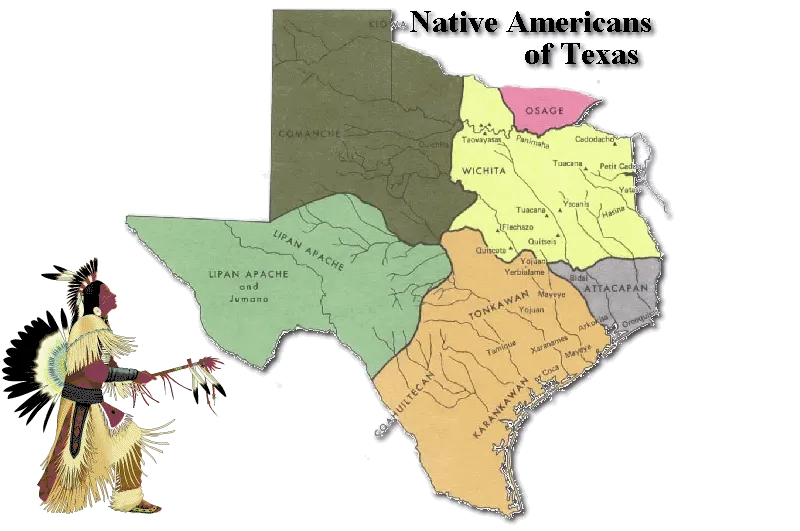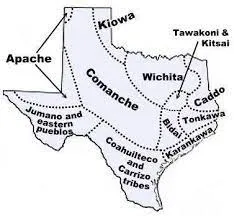Embark on a Spiritual Journey with Native American Sacred Sites Map. Step into a realm of reverence and ancient wisdom with this remarkable map. Discover the hallowed grounds, each echoing with centuries of spiritual significance for Native American tribes.
From sacred mountains to sacred rivers, this map unveils the mystical tapestry that weaves through the landscapes of indigenous spirituality. Join us as we explore the profound connections between these sacred sites, the cultures that cherish them, and find authentic Native American clothing and crafts at Native American Clothes.
What Is A Sacred Site? Native American Sacred Sites Map
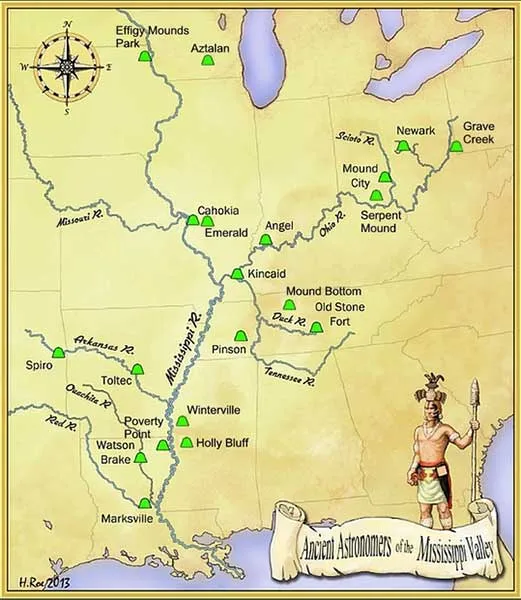
What Is A Sacred Site?
Sacred sites, veiled in the mysteries of ancient tradition, hold a profound significance within Aboriginal culture. These sites transcend the ordinary, encompassing hills, waterholes, trees, and more, shaping the spiritual landscape. In this journey of exploration, we’ll delve into the essence of these sacred grounds and their vital connection to the Aboriginal people’s ancestral Dreamings.
The Ancestral Dreamings Discover the compelling tales of the Dreamings – ancestral beings whose odyssey sculpted the physical and social realms of Australia. These stories breathe life into sacred sites, for it is here that the Dreamings’ footsteps left an indelible mark.
Protection of Cultural Heritage Amid the vast Australian landscape, these sacred sites stand as cultural treasures. Their safeguarding is enshrined in the Aboriginal Land Rights (Northern Territory) Act 1976 and the Northern Territory Aboriginal Sacred Sites Act 1989, solidifying their place in Australia’s cultural heritage.
Join us as we unravel the enchanting narrative of Aboriginal sacred sites, a testament to the enduring connection between land, culture, and spirituality.
Native American Sacred Sites Map
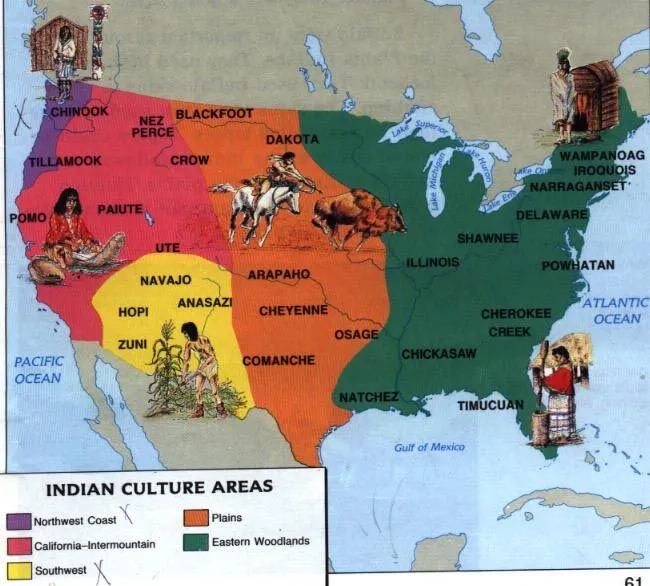
Explore the profound spiritual tapestry woven into the landscape of Native American sacred sites, each carrying a unique and rich history.
- Mesa Verde, Colorado: The Ancient Enigma Discover Mesa Verde, once home to the Anasazi tribe. Its cliff palace dwellings, dedicated to the gods, leave us marveling at the sophistication of its ancient inhabitants.
- Chaco Canyon, New Mexico: A Solar and Lunar Cosmology Delve into the mysteries of Chaco Canyon, an architectural marvel and the epicenter of the Anasazi culture. Straight lines leading into the desert have puzzled archaeologists for centuries, revealing a complex solar and lunar cosmology.
- Cahokia Mounds, Illinois: A Pre-Columbian Marvel Unearth the wonder of Cahokia Mounds, the largest pre-Columbian settlement north of Mexico. Monks Mound, believed to be the tribal chief’s home, stands as a testament to ancient Mississippi region tribes.
- Devil’s Tower, Wyoming: A Natural Wonder Discover Devil’s Tower, central to Indian religious ceremonies and rituals. Native American legend intertwines with this geological marvel, as giant bears and prayer shape its unique features.
- Mount Shasta, California: The Sacred Center Explore Mount Shasta, believed to be the sacred center of the universe by local Native Americans. Its spiritual and energetic field connects volcanic landscapes, fostering a deep connection to tribal territories.
- The Black Hills, South Dakota: Emergence and Healing Witness the sacred landscape of the Black Hills, revered by the Sioux Nation. These hills symbolize emergence, healing waters, and sacred medicines, embodying a strong spiritual connection.
- Canyon de Chelly National Monument, Arizona: A Living History Journey through Canyon de Chelly, a continuously inhabited landscape. Its rich history, natural resources, and sacred significance have sustained families for thousands of years.
- Effigy Mounds National Monument, Iowa: Contemplative Pondering Contemplate the meanings behind more than 200 prehistoric mounds, shaped like animals, at Effigy Mounds National Monument. These sacred mounds hold cultural significance for many tribes.
- Little Bighorn Battlefield National Monument, Montana: A Battle of Honor Honor the warriors of the Battle of the Little Bighorn, where Native Americans fought valiantly to preserve their way of life. The battlefield is a place of poignant emotions and reverence.
- Crater Lake, Oregon: Nature’s Majesty Marvel at Crater Lake’s awe-inspiring beauty. Native Americans tie their history, myths, and visions to this pristine wonder, continuing to hold it in deep respect and reverence.
Where is the holiest place in the US?
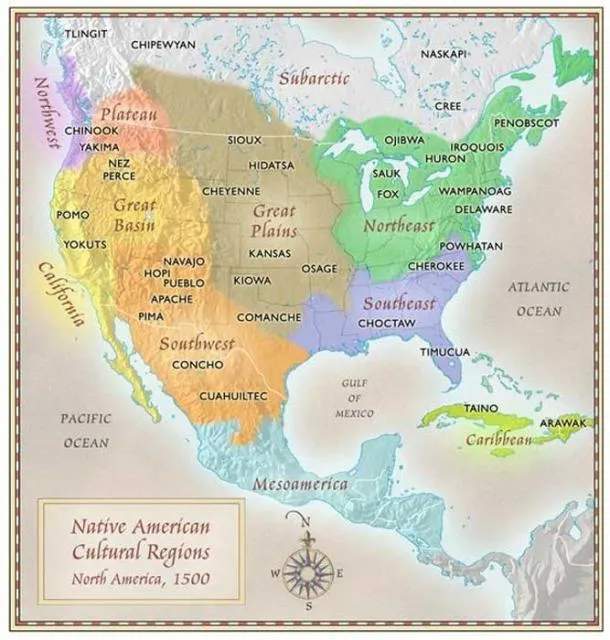
America is a land of diverse landscapes and cultures, and within its vast expanse lie sacred sites that hold deep spiritual significance. From ancient Native American landmarks to places of worship, these sites evoke a sense of wonder and reverence. Explore the spiritual tapestry of these ten sacred locations.
1. Sakya Monastery -Seattle, Washington: Preserving Tibetan Heritage Sakya Monastery, once a Presbyterian Church, now stands as a beacon of Tibetan heritage and culture. The name “Sakya” resonates with the original Sakya Monastery in China, and its saffron robes and teachings exude an aura of peace. Amidst the challenges of the modern world, it remains devoted to preserving Tibetan traditions.
2. Cahokia Mounds -St. Louis, Missouri: Ancient City of the Mississippian Culture Cahokia Mounds, an ancient settlement near St. Louis, was once home to over 40,000 people, making it one of the largest cities in the world. It was the center of Mississippian Native culture, where ceremonies, sacrifices, and ancient spirits intertwined with the stars.
3. Unity Temple -Chicago, Illinois: Frank Lloyd Wright’s Architectural Marvel Designed by the renowned Frank Lloyd Wright, Unity Temple stands as a unique masterpiece of architecture. Its geometric precision and unconventional design make it a “democratic” religious space that continues to inspire wonder and attract visitors from around the world.
4. Crater Lake -Medford, Oregon: Nature’s Sacred Gem Crater Lake, with its stunning beauty and deep blue waters, is a hidden gem. The Klamath Nation considers it a sacred site, shaped by ancient battles between the Chiefs of the Above and Below Worlds. It also holds significance as a New Age spiritual vortex.
5. The Islamic Center –Washington, D.C.: A Symbol of Religious Freedom The Islamic Center in Washington, D.C., has been a symbol of religious freedom since its establishment in 1957. Its architecture and interior reflect both pious humility and artistic grandeur, making it a place of reverence and peace.
6. Mount Shasta -Mt. Shasta, California: A Spiritual Center Mount Shasta, central to the creation story of local Native Americans, remains a sacred place for spiritual ceremonies. It is believed to emit earth’s subterranean energy and is considered one of the Seven Sacred Mountains in the world.
7. Basilica of the National Shrine of the Assumption of the Blessed Virgin Mary -Baltimore, Maryland: A Testament to Faith Built over 145 years, this basilica in Baltimore is a testament to the unwavering faith of Catholics in America. It is sublimely warm and welcoming, attracting visitors from around the world, including Pope John Paul II and Mother Teresa.
8. Devil’s Tower –Crook County, Wyoming: A Geological Wonder Devil’s Tower, a geological marvel, is as old as 70 million years. It holds deep spiritual significance for over twenty Indian tribes and is a place for Sun Dances, vision quests, and other ceremonies.
9. Touro Synagogue -Newport, Rhode Island: A Beacon of Hope Touro Synagogue in Newport, Rhode Island, represents the resilience of the Jewish community in America. Its exquisite design and symbolism pay tribute to the Twelve Tribes of Israel and serve as a symbol of hope in a new land.
10. Bighorn Medicine Wheel -Bighorn National Forest, Wyoming: A Celestial Connection The Bighorn Medicine Wheel, located at a daunting 10,000-foot elevation, is a celestial marvel. With 28 spokes representing the lunar calendar, it connects to stars, the Sun, and divine wisdom, making it the New World’s Stonehenge.
These sacred sites, each with its unique history and spirituality, offer a glimpse into the rich tapestry of beliefs and reverence that shape America’s cultural landscape.
What are the sacred sites of indigenous religions?
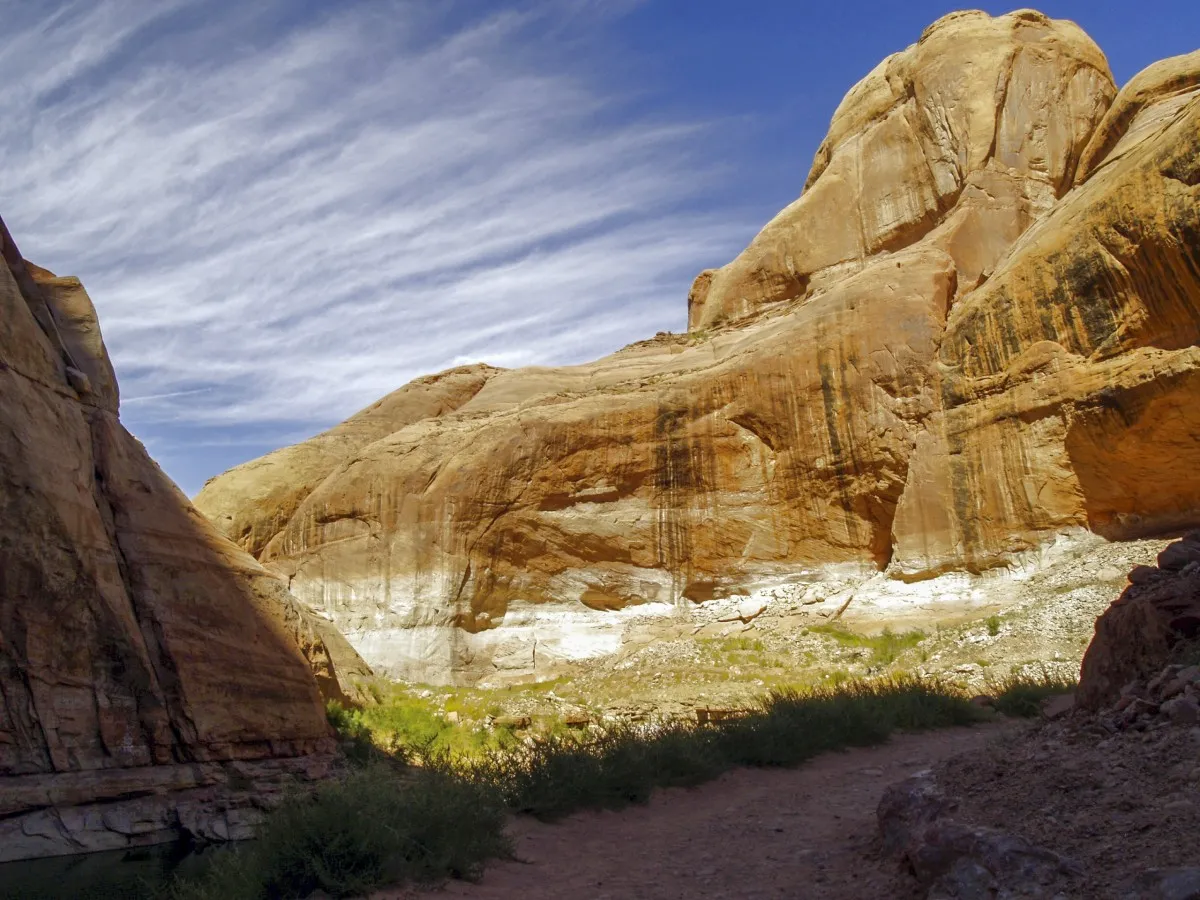
Unlocking the Mysteries of the White Shaman Panel: A 4,000-Year-Old Indigenous Treasure
The White Shaman Panel, nestled near Comstock, Texas, is a remarkable archaeological find that has captivated the world with its ancient rock art. This captivating panel, named after a prominent figure depicted in white on the rock, dates back an astounding 4,000 years. Let’s embark on a journey to unravel the secrets of this historical treasure.
The Enigmatic White Shaman Panel: A Living Chronicle The White Shaman Panel is not just a static piece of rock art; it’s a living chronicle of Coahuiltecan history and spirituality. Coahuiltecan elders and community members have closely examined the intricate figures adorning this panel. Their insights, combined with the expertise of dedicated archaeologists, have shed light on the rich tapestry of this ancient artwork.
A Glimpse into Creation: Coahuiltecan Cosmology Elders from the Coahuiltecan community believe that the White Shaman Panel contains elements of their creation story. This sacred narrative weaves together the origins of their people and the spiritual landscape they hold dear. As we delve into the details of this mesmerizing artwork, we catch a glimpse of how the Coahuiltecan people perceive their place in the cosmos.
Pilgrimage to the Sacred Peyote Gardens One of the most fascinating aspects of the White Shaman Panel is its depiction of a pilgrimage. The ancient figures on the panel appear to be on a journey, and researchers have connected this pilgrimage to the sacred peyote gardens in South Texas and northern Mexico. Peyote holds immense significance in indigenous cultures, often used in spiritual ceremonies and rituals.
Preserving Cultural Heritage: Indigenous Cultures Institute Recognizing the cultural and historical importance of the White Shaman Panel, the Indigenous Cultures Institute has taken proactive steps to ensure its preservation and understanding. They developed a comprehensive lecture series focused on the spiritual narrative embedded in this ancient artwork. This educational initiative has been instrumental in disseminating knowledge about the Coahuiltecan people and their profound connection to the White Shaman Panel.
A Journey Through Time: The White Shaman Panel Tour In 2013, the Indigenous Cultures Institute embarked on a tour to share the significance of the White Shaman Panel with a broader audience. This journey through time allowed people from various backgrounds to connect with the rich indigenous heritage of the Coahuiltecan people. It served as a reminder of the importance of preserving and respecting the cultural legacies of indigenous communities.
In conclusion, the White Shaman Panel stands as a testament to the enduring legacy of the Coahuiltecan people and their profound spirituality. This 4,000-year-old masterpiece continues to inspire and educate, bridging the gap between ancient traditions and the modern world. As we unlock its mysteries, we gain a deeper appreciation for the diverse cultures that have shaped our shared history.
What are three examples of sacred sites?
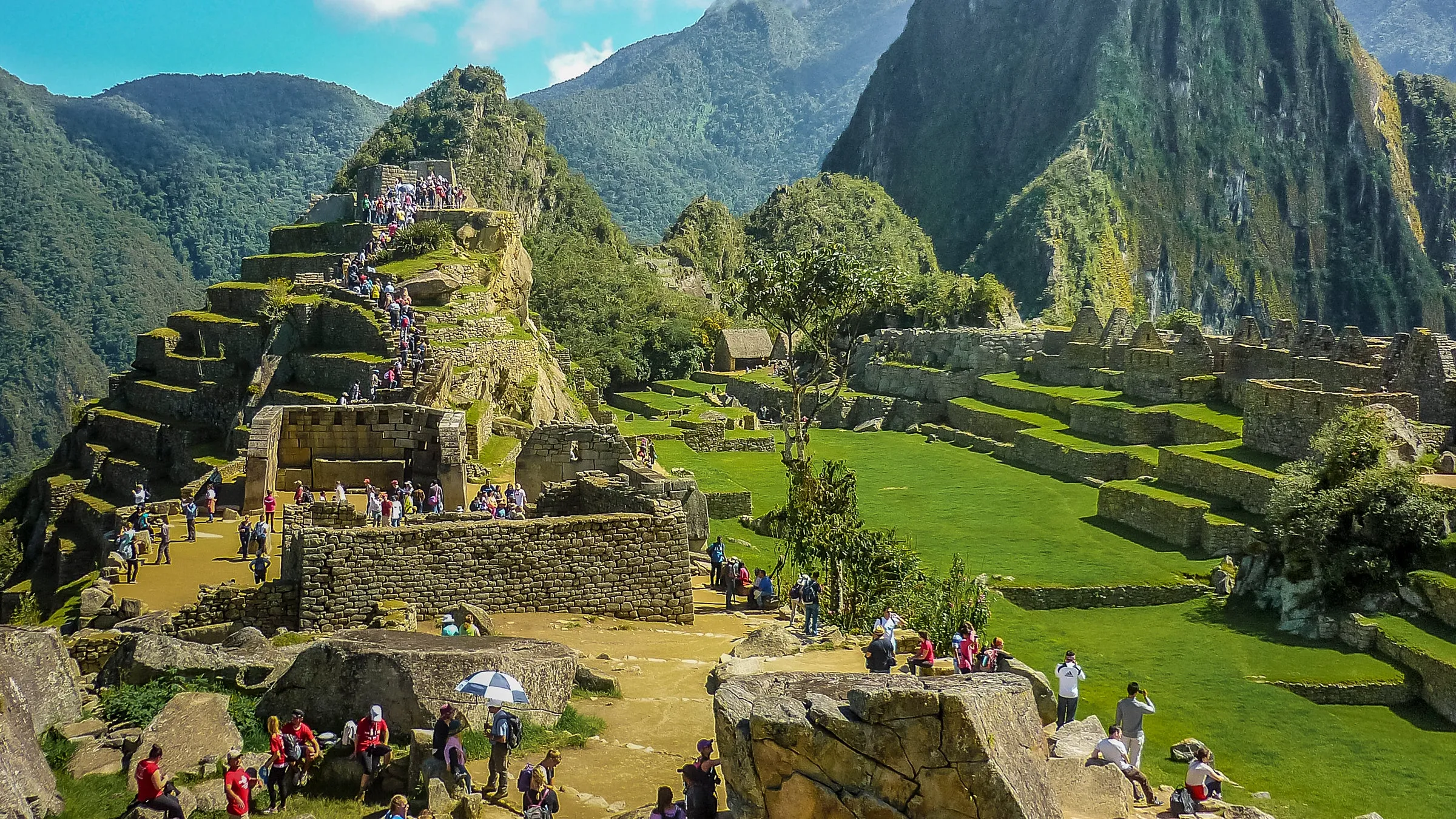
Exploring the Spiritual Significance of Seven Sacred Places Around the World
The world is replete with sacred sites, each holding a unique place in the hearts of the faithful. From the ancient city of Jerusalem to the mystical Mount Sinai, these destinations have been revered for centuries. Let’s embark on a journey to uncover the spiritual essence of these seven sacred places.
1. Jerusalem: The City of Faith Jerusalem stands as one of the oldest cities globally and carries immense spiritual significance for Judaism, Christianity, and Islam. This ancient city has witnessed a tumultuous history, with Israel and Palestine both claiming it as their capital. According to the Old Testament, King David established Jerusalem as the capital of the Kingdom of Israel, while the New Testament marks it as the site of Jesus’ crucifixion. The Qur’an also mentions Jerusalem, stating that it was the location where Muhammad ascended to heaven.
2. Kashi Vishwanath Temple, India: A Hindu Pilgrimage Nestled on the banks of the sacred Ganges River, the Kashi Vishwanath Temple is a revered Hindu shrine. Devotees flock here to pay homage to Lord Shiva, believed to have manifested as a radiant column of light. For Hindus, visiting this temple at least once in their lifetime is a sacred duty.
3. Lourdes, France: A Place of Miracles Lourdes, a picturesque town in southwestern France, gained prominence in 1858 when it was believed that the Virgin Mary appeared to a young girl named Bernadette Soubirous 18 times. Since then, Lourdes has become a pilgrimage site, attracting over 200 million visitors since 1860. Many seek healing by immersing themselves in the spring water from the grotto.
4. Mahabodhi Temple, India: Buddhism’s Sacred Hub The Mahabodhi Temple in Bodh Gaya, Bihar, marks the spot where Prince Siddhartha Gautama attained enlightenment and became the Buddha. This temple, constructed in the 7th century, holds unparalleled significance for Buddhists worldwide, making it the ultimate pilgrimage destination.
5. Mecca, Saudi Arabia: The Holiest Islamic Site Mecca, the birthplace of the Prophet Muhammad, is the spiritual epicenter of Islam. Nestled in the Sirat Mountains of Saudi Arabia, Mecca houses the Kaaba, a cuboid structure within the sacred mosque Al-Masjid al-Haram. It is the direction in which all Muslims pray. However, non-Muslims are restricted from entering the city.
6. Uluru-Kata Tjuta National Park, Australia: Ancient Aboriginal Spirituality Uluru and Kata Tjuta, the iconic red rocks in Central Australia, have been a spiritual home to the Yankunytjatjara and Pitjantjatjara Aboriginal people for millennia. They believe that creation ancestors shaped the land, leaving behind spiritual guidance for their lives and their relationship with the land and its creatures.
7. Mount Sinai, Egypt: The Place of Divine Revelation Mount Sinai, also known as Mount Horeb, holds profound significance in Judaism, Christianity, and Islam. Many believe it to be the site where Moses received the Ten Commandments from God. For thousands of years, saints, prophets, pilgrims, and tourists have journeyed here in search of spiritual enlightenment.
These seven sacred places transcend geographical boundaries, uniting people from diverse backgrounds in their quest for spiritual connection and enlightenment. Each destination tells a unique story of faith and reverence, making them integral to our global spiritual heritage.
Where are the sacred sites of the Native Americans in Texas?
